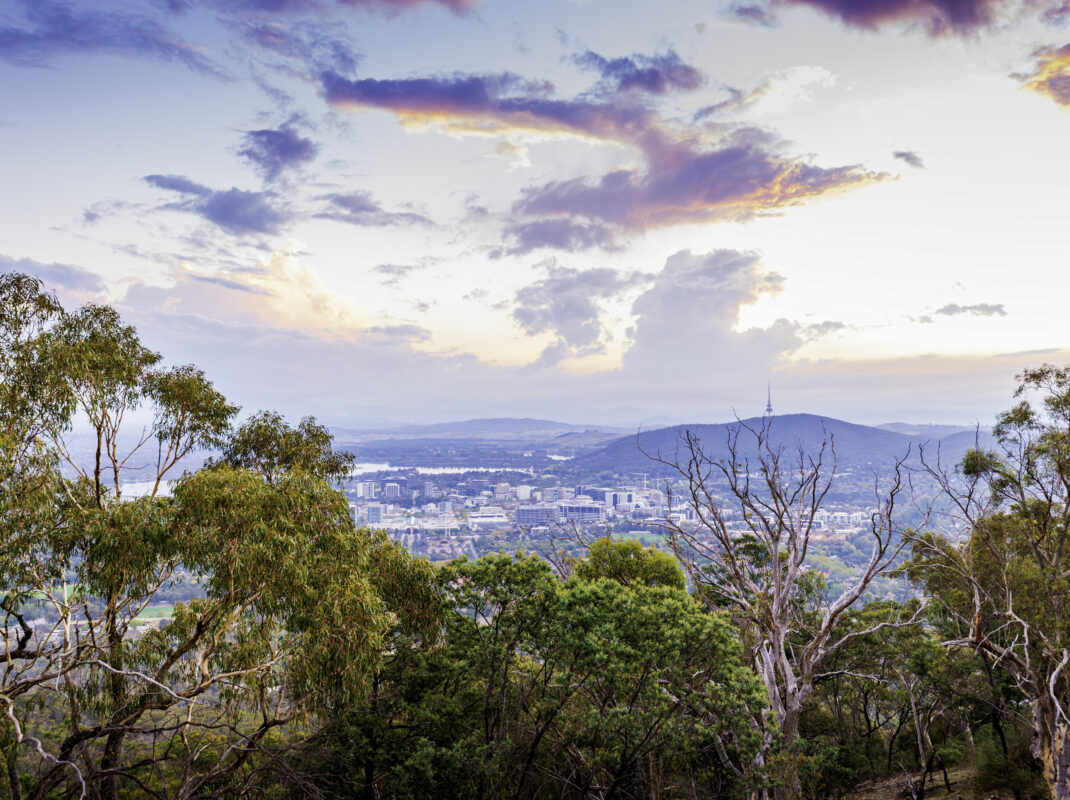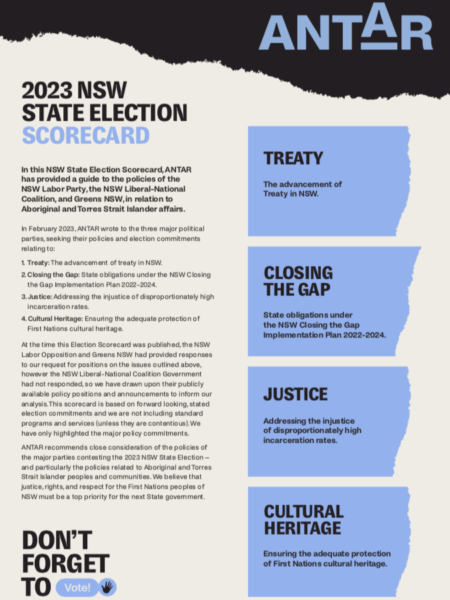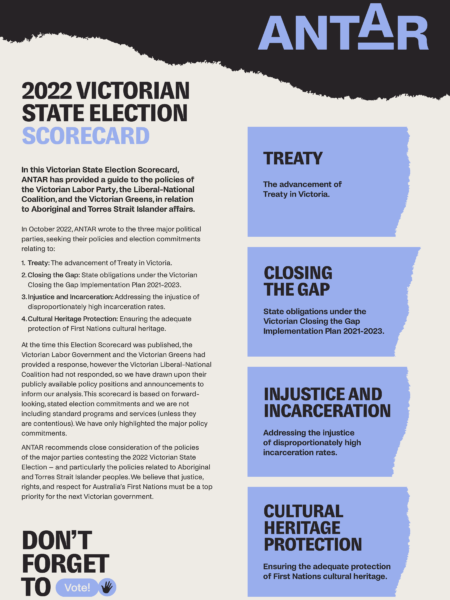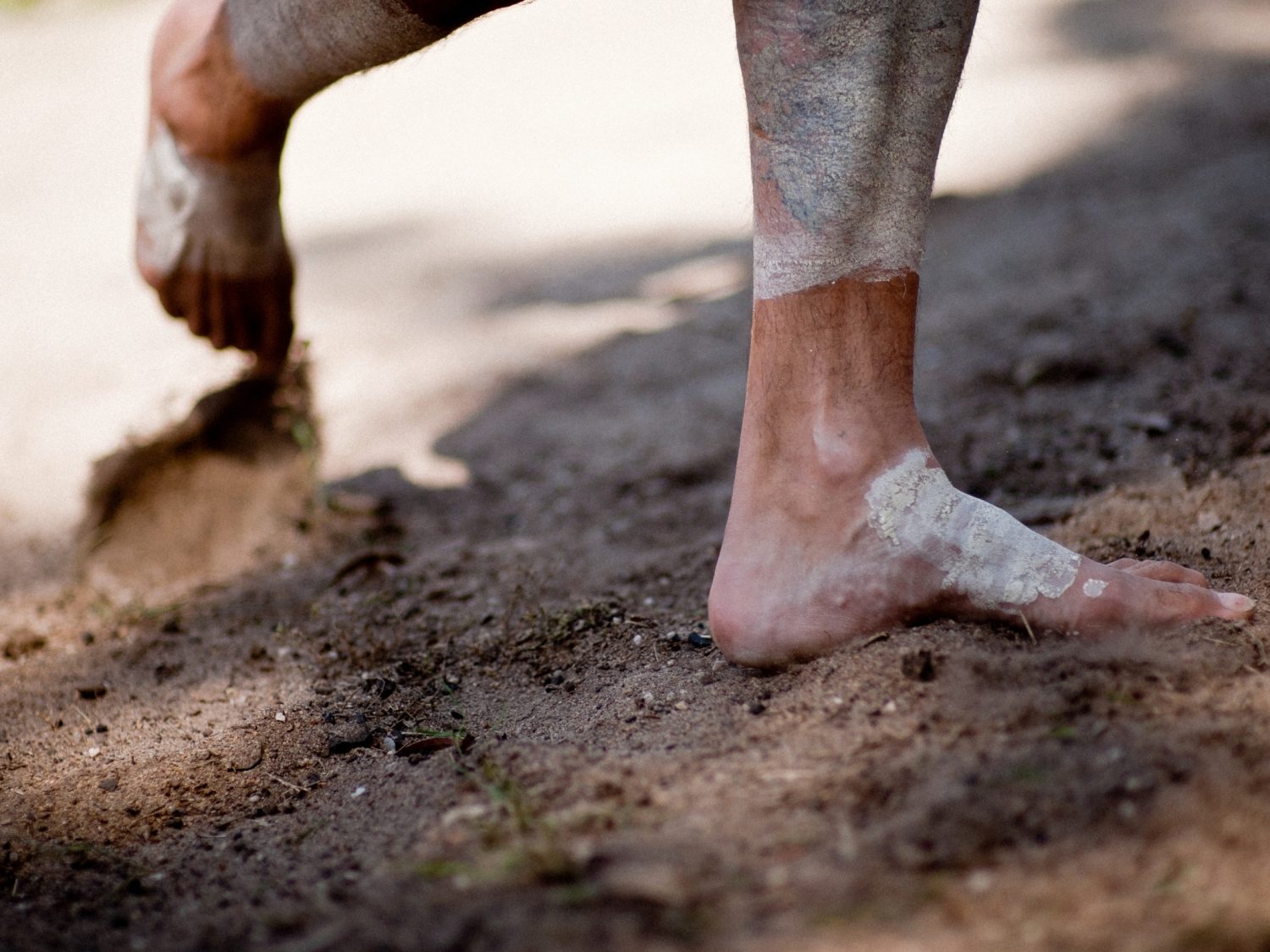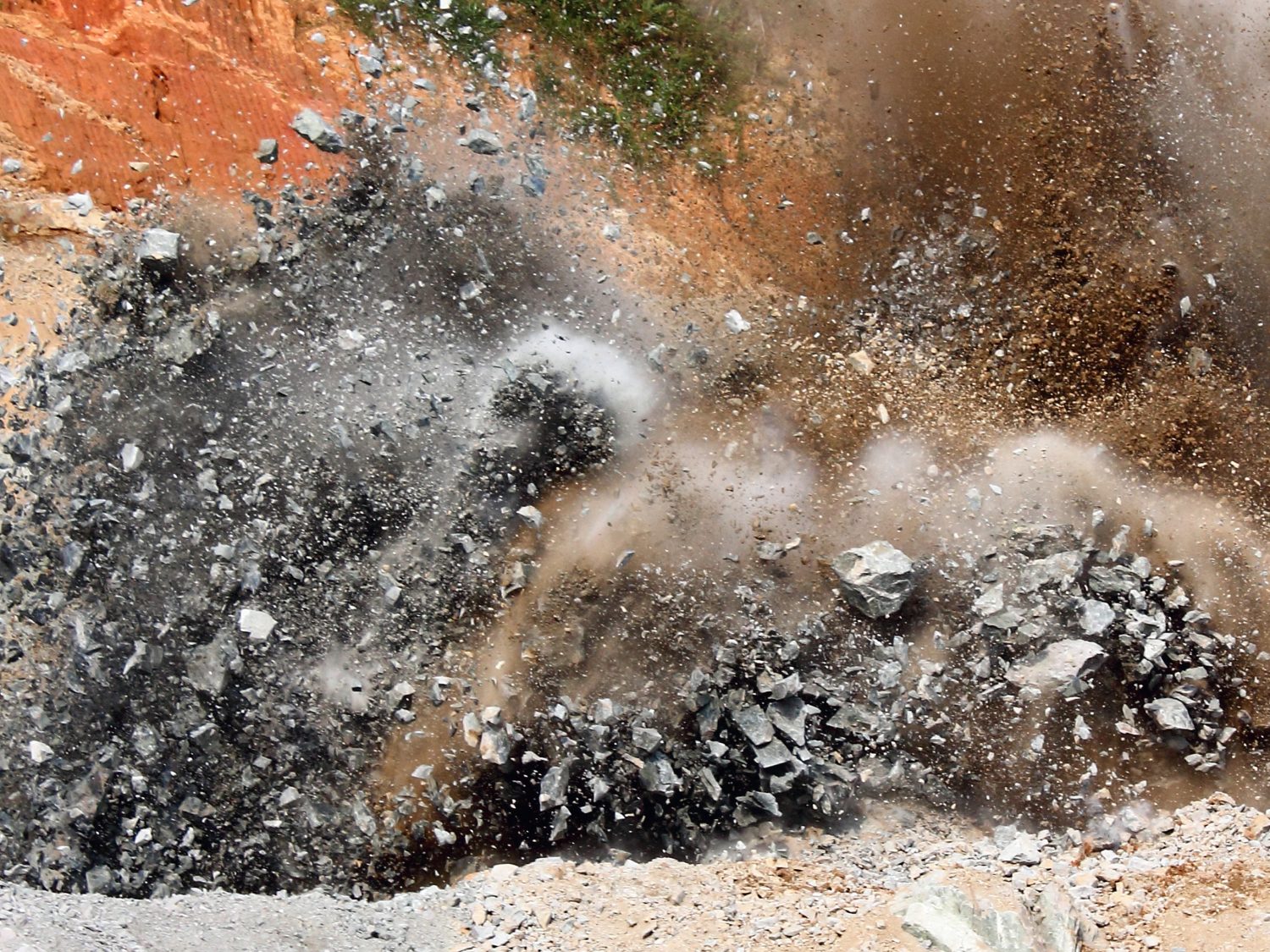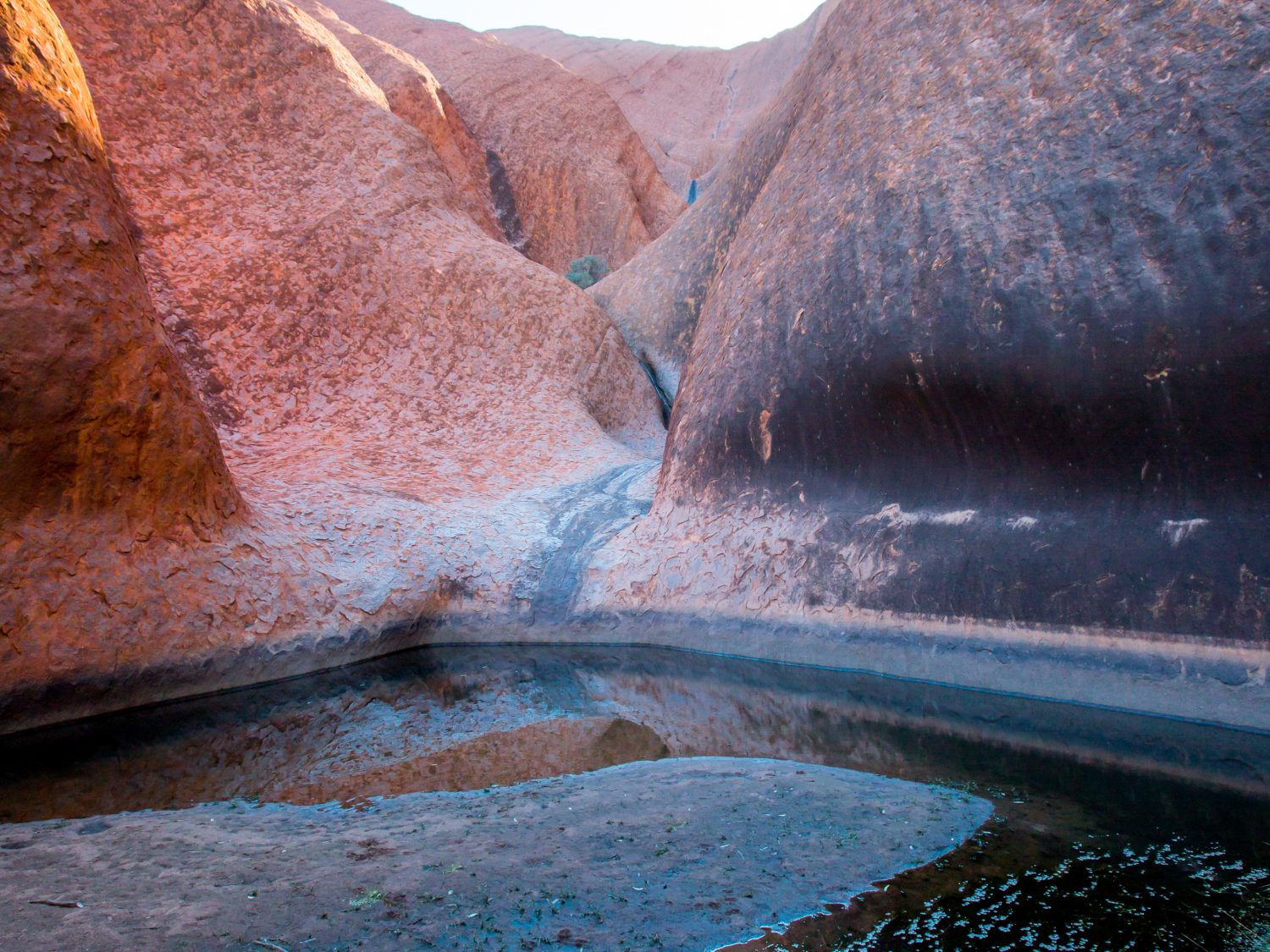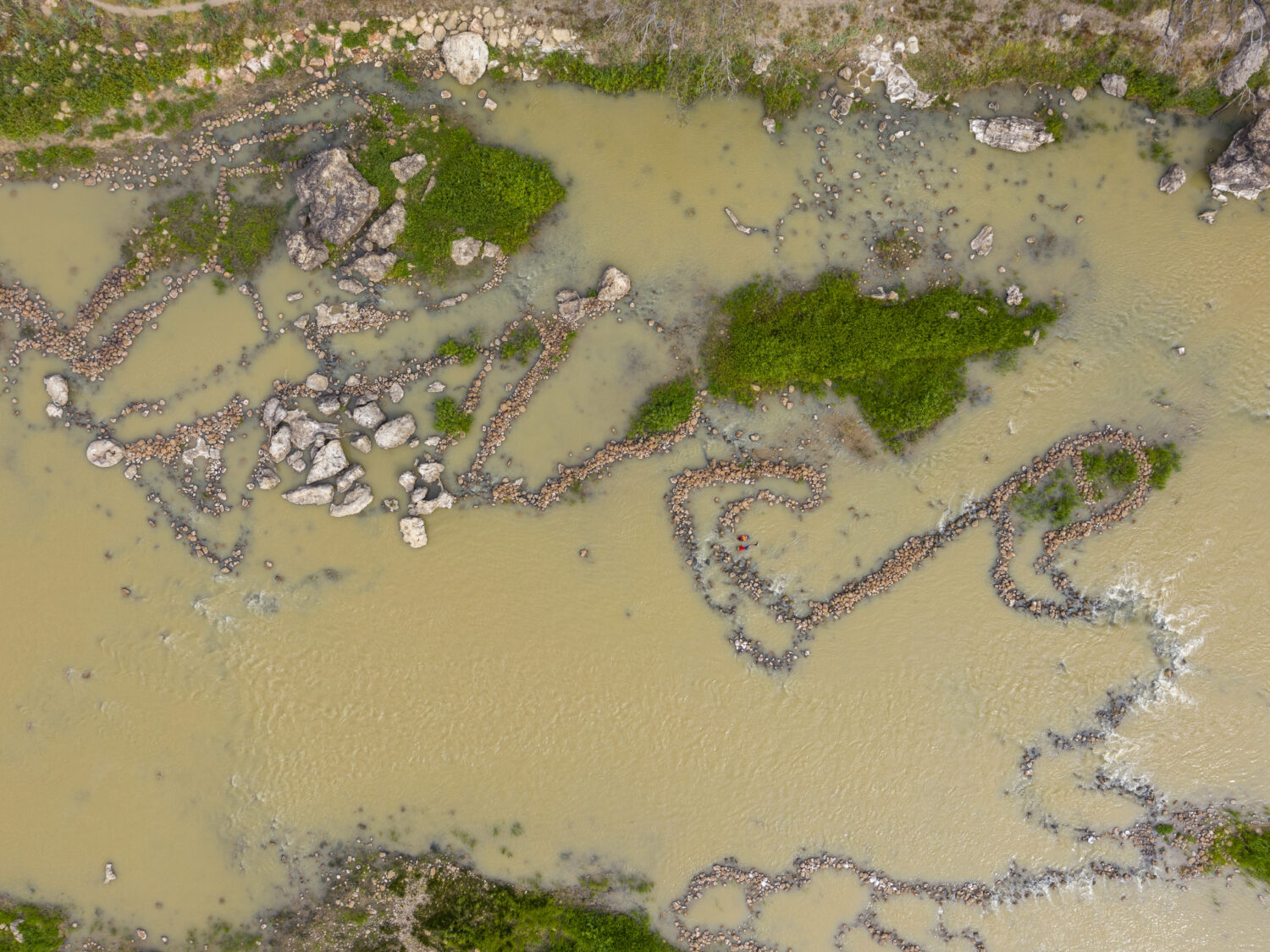First Nations communities have inhabited this region for more than 20,000 years, as the region grew to be a significant meeting place for the nearby Gundungurra, Yuin, Wiradjuri, Wolgalu and Ngarigo peoples.
With a legacy of First Nations occupation spanning over 20,000 years, the area is home to tangible artefacts like scar trees, rock shelters, and rock art sites. However, besides NSW, the ACT — which became self-governing in 1988 — is the only other jurisdiction without specific legislation for First Nations cultural heritage protection. Commentators have noted that Aboriginal heritage systems in Australia actually work to wrest the control or protection of Aboriginal heritage away from the very peoples whose heritage it is.
In 2004, the Heritage Act (ACT) was enacted. Under this general legislation, which replaced the Heritage Objects Act 1991, a place or object is of heritage value to the ACT if its loss would significantly impoverish the heritage of the ACT. While the Heritage Act protects non-Indigenous heritage, the Act also provides blanket protection for Aboriginal places and objects, which are defined as follows:
- Aboriginal object means an object associated with Aboriginal people because of Aboriginal tradition.
- Aboriginal place means a place associated with Aboriginal people because of Aboriginal tradition.
- Aboriginal tradition means the customs, rituals, institutions, beliefs or general way of life of Aboriginal people.
The Heritage Act establishes the ACT Heritage Council that is responsible for maintaining the register of heritage places and objects. A welcome feature of the Heritage Act is its granting of decision-making power to the Heritage Council rather than to a Minister, a legislative feature also seen in the Northern Territory. Nevertheless, only one member of the Heritage Council must be a “public representative … who, in the Minister’s opinion, adequately represents … the Aboriginal community.” The United Nations Declaration on the Rights of Indigenous Peoples says that Indigenous peoples should select their own representation.
Although the Heritage Act recognises a more contemporary understanding of ongoing cultural heritage, it does not include a cultural heritage duty of care: a measure to ensure land users take reasonable steps to ensure their activity does not harm culturally significant sites. Without a cultural heritage duty of care, grave mistakes — such as the ‘wrongful’ removal of two valuable scar trees in 2017 by an ACT Government contractor — are more likely to occur. There are also calls for the Act to be supported by greater funding and for definitions of heritage broadened to include other areas of natural resource management, including water.
In 2020, the ACT Government introduced the Heritage Amendment Act 2020 (ACT) to further discourage damage to an Aboriginal place or object. The Act includes new ‘repair damage’ directions, that give the Heritage Council the authority to direct people to repair any damage, if it can be repaired. Failure to comply with the repair damage direction can incur fines of $80,000 for an individual and $405,000 for a corporation. Further, the amendment allows compliance officers to issue immediate fines of $1,000 to an individual or $5,000 to a corporation for damage to heritage places or objects or Aboriginal places or objects, regardless of whether they can be repaired. Again, despite the ‘safeguards’ in the legislation, Aboriginal sites of significance such as those on Mount Ainslie have not had sites properly investigated.
BACKGROUND & TIMELINE
- 1991: Land (Planning and Environment) Act 1991 (ACT) enacted to protect heritage places and the Heritage Objects Act 1991 (ACT) to protect heritage objects. Under this heritage protection regime, registration of places and objects was a “drawn out process,” with only 71 places registered from 1991 to 2004 and a significant backlog of Aboriginal places still requiring consideration for heritage protection.
- 2001: In agreement with groups representing the Ngunnawal people, the ACT Government promised a 99-year Aboriginal lease over Namadgi National Park — which covers almost half of ACT land — on the condition that all native title claims be either fully determined or withdrawn. However, joint management has never eventuated and native title claims are re-emerging because of this failure of the ACT Government to meet its commitments. Theoretically, the agreement would have allowed minimal input for First Nations decision-making and stops them from using the land for ‘customary’ activities. As Dr Ed Wensing highlights, what is also concerning is that the “restrictive” agreement required native title claim groups to withdraw or discontinue their native title determination applications over the entire ACT, not just Namadgi National Park.
- 2004: Heritage Act 2004 (ACT) enacted.
- 2007: Planning and Development Act 2007 (ACT) enacted to govern land use in the ACT. This Act introduced the Planning and Land Authority to authorise development applications on advice from the Heritage Council.
- 2020: Heritage Amendment Act 2020 (ACT) enacted.
Site of Concern
Mount Ainslie
The ACT government and the National Capital Authority (Commonwealth body as the site is on national land) have approved residential developments from Doma at Mount Ainslie, despite claims from the local Ngambri community that secret men’s business took place on the site. A formal cultural heritage assessment did not find sufficient evidence to classify the site as culturally significant. It is reported that neither the government nor the developer consulted registered Aboriginal organisations or local elders about the site. Dr Ed Wensing argues that the Mount Ainslie development highlights the “seriously flawed” legal recognition of First Nations peoples’ rights and interests in the ACT. One major issue, for Wensing, is that “there are no specific provisions protecting the interests of Aboriginal custodians of the ACT in either of the planning statutes governing land use planning in the ACT.” Despite “great distress” from the First Nations community, construction works have already begun.
The ACT still has some way to go when it comes to protecting First Nations cultural heritage. While the ACT recognises a more contemporary understanding of Aboriginal cultural heritage, protection would be strengthened by a more proactive definition that strongly recognises intangible cultural heritage.
The focus on objects in Australian legislative frameworks means that heritage is seen as an inert object and an obstacle to redevelopment rather than an asset to be celebrated and protected. It also means that objects and artefacts are seen as removable and relocatable rather than intrinsically linked to place.
Clearly, cultural heritage protection in the ACT must be governed by the foundational need to have Aboriginal people as authorities at the head of the table when there is a development application on land which has been cared for by First Nations peoples for over 20,000 years. Indeed, this is one of the four fundamental reforms recommended by the A Way Forward report. For the ACT, not listening to First Nations voices in the development process has already led to the unfortunate destruction of cultural heritage at Mount Ainslie . We must not let any other precious First Nations cultural heritage be lost at the hands of development and government neglect.
